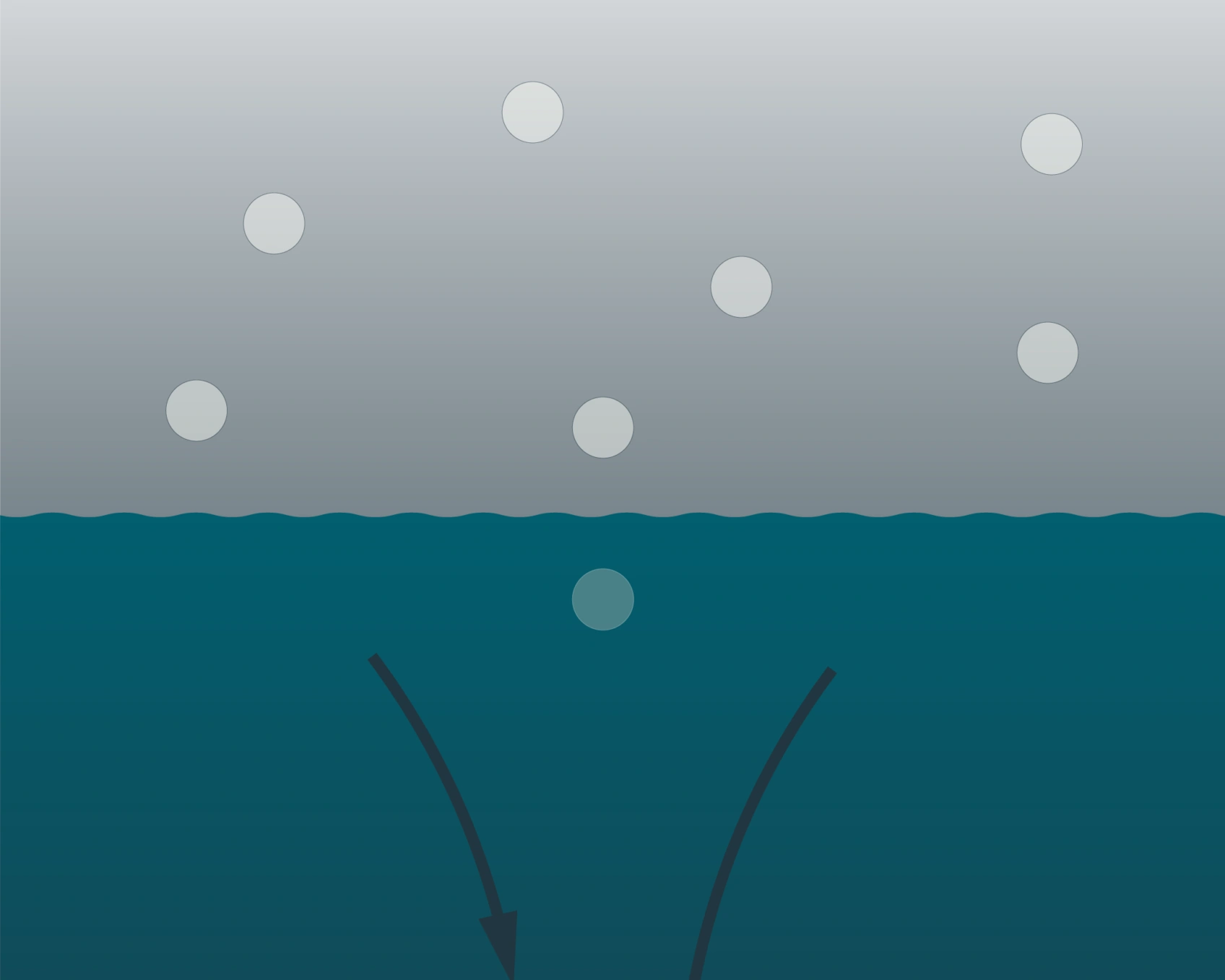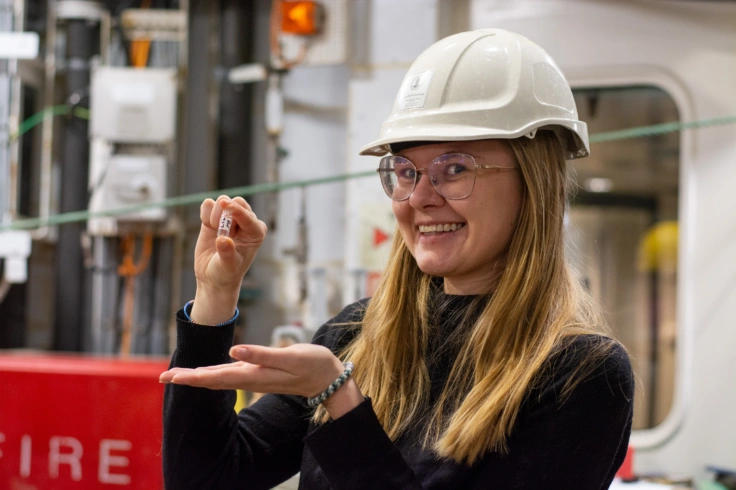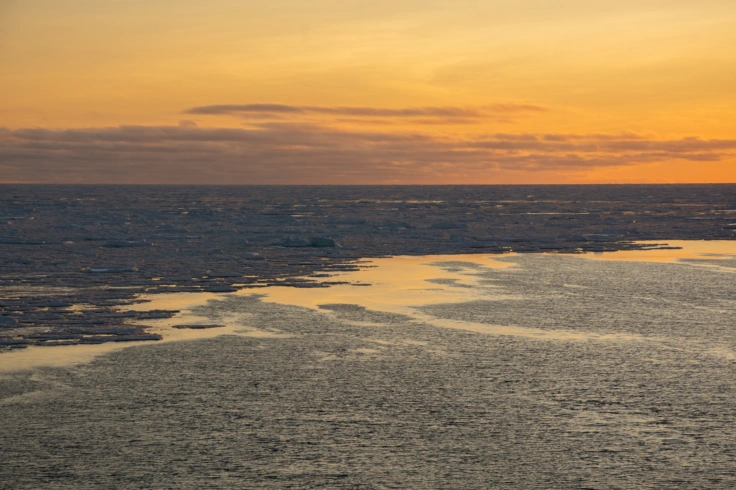
Global Carbon Budget 2025: Global carbon emissions from fossil fuels are projected to rise by 1.1%
Read moreOur Research Areas
Find an Expert
Our researchers are employed either at NORCE, UiB, the Nansen Center or the Institute of Marine Research. The researchers work together across various scientific disciplines. Find researchers with backgrounds in meteorology, oceanography, geology, geophysics, biology and mathematics, among others.
Projects
Researchers at Bjerknes are involved in several projects, both nationally and internationally. The projects are owned by the partner institutions, with the exception of our strategic projects.
Publications
Researchers at the Bjerknes Center publish more than 200 scientific articles each year.
Dive Into The Climate Science
Se alleNews
Se alle
19.11.25
All the water we cannot see
Only a fraction of the ocean lies at the surface. How can we find out what happens in water that lies underwater?

13.11.25
Another record year for fossil fuel emissions
Global CO₂ emissions from fossil fuels are projected to be 1.1 % higher in 2025. The ocean CO₂ uptake was re-evaluated based on stronger evidence and new understanding.

03.11.25
Banned gases reveal the age of water
The use of gases that deplete the ozone layer has been restricted for almost forty years. Still such substances linger in the ocean – a troublesome legacy marine scientists can exploit to keep track of the ocean circulation.
Events
Se alle
03.12.25
Disputas: Charlotte Rahlves: "Improving Greenland ice sheet projections across timescales".
Charlotte Rahlves disputerer 3.12.2025 for ph.d.-graden ved Universitetet i Bergen med avhandlingen "Improving Greenland ice sheet projections across timescales". Les mer om avhandlingen her: Grønlandsisens fremtid | Nye doktorgrader | UiB

03.12.25
Bjerknes choir's Christmas concert
This year, the Bjerknes choir's Christmas concert will take place on Wednesday, December 3rd at 1:30 PM in the foyer of the GFI main building. We hope to see you all there for some Christmas cheer!

09.12.25
Bjerknes Climate Prediction Unit seminar 9 December
Bjerknes Climate Prediction Unit Seminar Date: Tuesday 9 December 2025 Time: 13:00-14:00 Place: In person: Bjerknes lecture room 4020 (Jahnebakken 5, top floor) Online: Zoom Program: 13:00-13:20 RA1/RA3: Erik Kolstad (NORCE & BCCR): Causal oceanic feedbacks onto the winter NAO 13:20-13:40 RA2/RA3: Yiguo Wang (NERSC & BCCR): Modulation of decadal prediction skill 13:40-14:00 RA4: Edson Silva (NERSC & BCCR): A new service on prediction of salmon lice with ML 14:00- Mingling and Open Agenda (for those who wish to share or discuss) *RA stands for Research Area This informal discussion space is open to all Bjerknes members and guests. Please feel free to join us and we welcome contributions from all. Best regards, Mariko On behalf of the Bjerknes Climate Prediction Unit leader group





